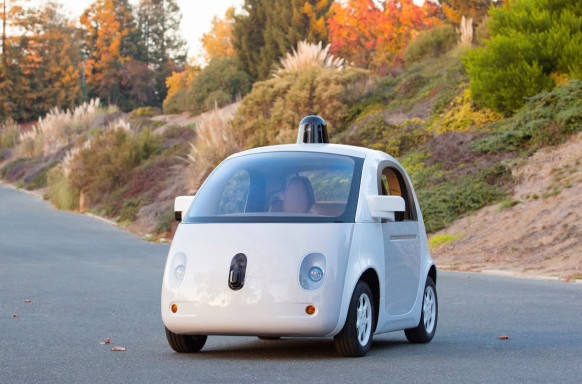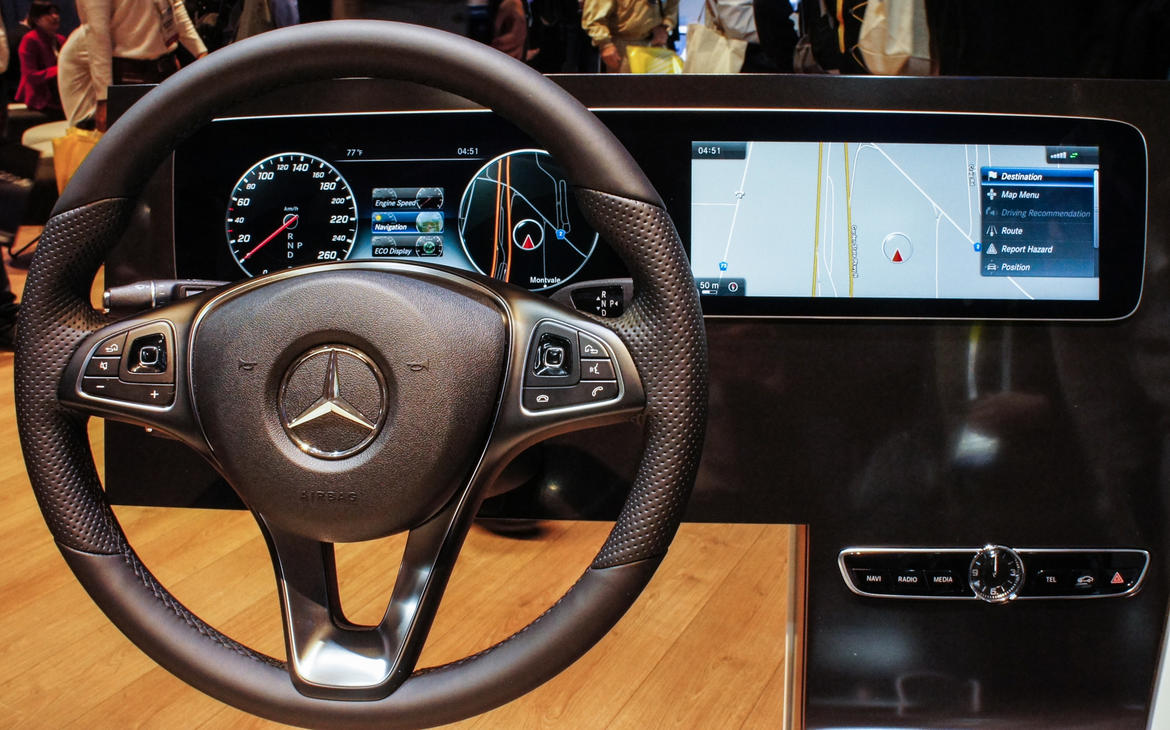
If the Consumer Electronics Show in Las Vegas and the Detroit Auto Show are any indication, 2016 is going to be a benchmark year for innovative ideas in the automotive industry. Gone are the days of the flashy concept car loaded with advancements that are better suited for space travel than anything that resembles your morning commute. Now, the name of the game is practicality. From under the hood to inside the computer chip, automobile tech has finally reached a turning point where new cars at any price point can incorporate smart tech and futuristic design to achieve better performance and greater safety. Here are just a handful of automobile innovations that are just over the horizon.
Autonomous Vehicles for All

Google’s Self-Driving Cars Aren’t as Good as Humans—Yet
Even just five years ago, the thought a self-driving car seemed absurd. It also seemed counterintuitive. Weren’t car companies supposed to design vehicles that provide the driver with a greater degree of control? Not less. Since then, companies like Google, Tesla and BMW have done well to slowly introduce the technology to consumers and make a case for its application across a wide range of industries. Uber helped make the case that the idea of even “owning” a car in the first place might be outmoded, since you could cheaply and conveniently have someone else take you wherever you want to go. Self-parking cars and driver override systems have also allowed consumers to dip their toes into the world of autonomous vehicles and get comfortable with the idea that a computer might not be such a bad driver after all. CES and Detroit were flooded with self-driving tech, and you’re hearing companies talk about very short timelines for releasing consumer models. In 10 years, we might be thinking of our self-driving cars the way we think about cruise control now.
Teaching an Old Tire New Tricks
Goodyear’s new concept tires can help power your electric car
Tires are both the most essential and often overlooked component of any vehicle. Because they makes actual contact with the road, their effect on safety, fuel efficiency and performance cannot be overstated. However tire technology has remained relatively stagnant in the last 50 years, with little real advancement to the core technology. Today, companies like Bridgestone are starting to change that by incorporating technology that both reduces the carbon footprint of producing tires and extends their capabilities and durability on the road. Bridgestone Tires has established a long-term environmental vision of creating a tire with 100 percent sustainable materials–and the idea that would have been unheard of in the resource-dependent tire industry a few years ago. Bridgestone is also working on making its run-flat technology a standard on all tire models. It’s a great example of a company setting realistic goals for innovation that benefit all consumers–and the planet as well.
Heads-Up Displays

High-Tech, Must-Have Features for Today’s and Tomorrow’s Cars
For years supercars and luxury SUVs made by companies like Lamborghini and Land Rover have used active Heads-Up Displays to give drivers a greater amount of real-time information about their vehicles. This technology is starting to trickle its way down into more practical vehicle models, offering drivers in-depth fuel efficiency statistics and even turn-by-turn directions that actually highlight the road in front of you. By overlaying this information onto the windshield, Active Displays remove the need to look away from the road when performing a take, so the potential for improved safety shouldn’t be overlooked.




